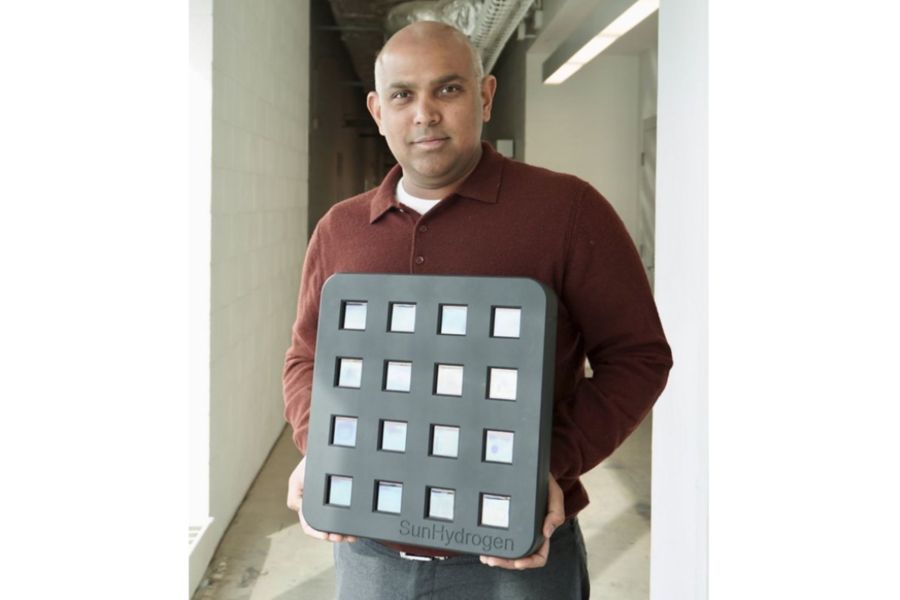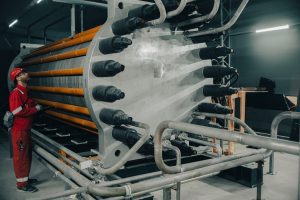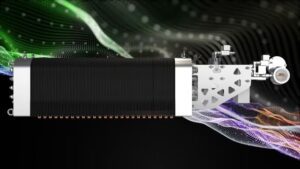The image unveiled on 7 February shows a panel that houses multiple hydrogen generators and contains 16 times more hydrogen generator area than the company’s previous small-scale model. Multiple arrays of hydrogen generators bolster hydrogen production rates.
According to the company, this prototype is currently the only self-contained nanoparticle-based hydrogen generation device of its kind that splits water molecules into high-purity green hydrogen and oxygen using the sun’s energy.
SunHydrogen’s nanoparticle technology directly uses the electrical charges created by sunlight to generate hydrogen when the sun is shining. However, this prototype was also designed to support 24-hour operation even when the sun is not shining by powering the catalyst and membrane integration assembly with renewable grid electricity from wind or hydropower sources.
The company’s previous small-scale model, publicized in December 2022, was designed to fit a single nanoparticle-based hydrogen generator for testing in a controlled environment.
“This larger-scale panel moves us one step closer to producing commercial-scale hydrogen panels,” said Dr. Syed Mubeen, SunHydrogen’s Chief Scientific Officer.
“Just like a solar panel is comprised of multiple cells, our hydrogen panel encases multiple hydrogen generators, as pictured. However, because we are growing our own nanoparticle semiconductor units using low-cost, abundant materials, we are not reliant on expensive solar cell materials and architecture. We believe that when our efficiency goals are met, this will prove to be one of – if not the most – economical green hydrogen solutions,” Dr. Mubeen concluded.
SunHydrogen’s Iowa scientific team is currently working to increase the hydrogen production rate per panel by increasing the hydrogen generator area to panel area ratio, as well as overall panel size. The company is also working to improve overall solar-to-hydrogen efficiency through its agreement with the National Renewable Energy Laboratory (NREL), as well as with its industrial partner InRedox and the Singh Lab at the University of Michigan. In parallel, the company is working to improve the overall stability of the hydrogen generators.






